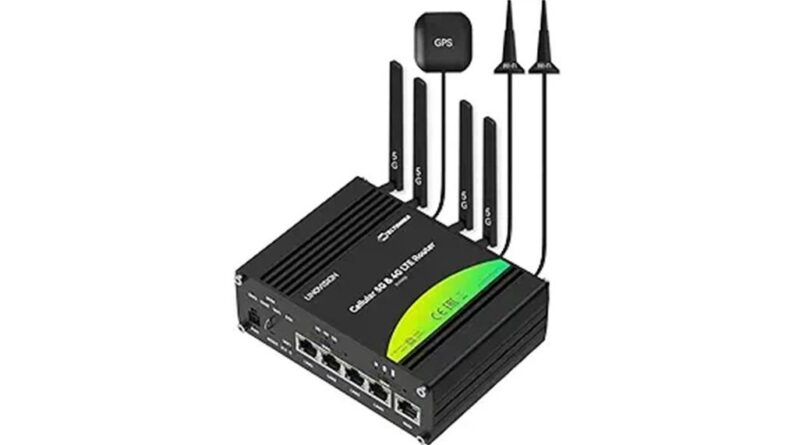VLAN stands for Virtual Local Area Network. It’s used whenever a person wants to have multiple different local area networks while having only one physical device.
In this video, we will review more deeply about VLAN types.
Timestamps:
00:00 Intro
00:36 Port-based VLAN
01:57 Tag-based VLAN
02:52 Outro
What is a VLAN (Virtual LAN)?
A VLAN, or Virtual LAN, is a virtual network that allows you to segment traffic on a physical network. By creating virtual networks, you can improve network performance and security while reducing costs. VLANs are commonly used in large enterprise networks.
How VLANs Work
VLANs work by creating virtual links between devices on a physical network. This allows you to segment traffic on the network so that different parts of the network can communicate without interference from other parts of the network. For example, if you have a large office with multiple departments, you can create a VLAN for each department. This way, each department can communicate with each other without having to share the same physical network.
Benefits of VLANs
There are many benefits of using VLANs, including improved performance, security, and cost reduction. By segmenting traffic on a physical network, you can improve performance because each part of the network can operate at its own speed without being bogged down by traffic from other parts of the network. In addition, VLANs can improve security by isolating sensitive data from other parts of the network. Finally, VLANs can help reduce costs by eliminating the need for separate physical networks for each part of the network.
VLANs are virtual networks that allow you to segment traffic on a physical network. By creating virtual networks, you can improve network performance and security while reducing costs. VLANs are commonly used in large enterprise networks and offer many benefits over traditional physical networks.
Different Types of VLANs (Virtual LANs)
A virtual LAN (VLAN) is a logical LAN that has been subdivided into separate broadcast domains. Broadcast domains in a VLAN are independent of each other, and a host can only communicate with hosts in the same broadcast domain. A VLAN can be used to logically segment a network into smaller networks, each of which functions as if it were on a separate physical network.There are different types of VLANs that serve different purposes. In this article, we will take a look at the different types of VLANs and what they are used for.
1. Data VLAN
A data VLAN is used to carry user data traffic. Data VLANs are typically used for applications that require low latency and high bandwidth, such as voice and video. Data VLANs are typically assigned to devices that generate or consume large amounts of data, such as servers, workstations, and printers.
2. Voice VLAN
A voice VLAN is used to carry real-time voice traffic. Voice VLANs are typically used for VoIP (Voice over IP) applications. Voice VLANs are typically assigned to devices that generate or consume real-time voice traffic, such as IP phones and VoIP gateways.
3. Management VLAN
A management VLAN is used to carry management traffic. Management traffic includes traffic such as SNMP (Simple Network Management Protocol) and SSH (Secure Shell). Management traffic is typically generated by network management devices, such as NMS (Network Management System) servers.
4. Native VLAN
The native VLAN is the default broadcast domain for untagged frames on an 802.1Q trunk link. The native VLan is not assigned a VID (VLAN ID). All 802.1Q capable devices will automatically place untagged frames belonging to the native VLAN onto the wire untagged
In conclusion, there are four main types of Virtual Local Area Networks: data, voice, management, and Native LANs. Data carries user data traffic while Voice carries real-time voice traffic associated with VoIP applications . Management carries management traffic such as SNMP or SSH while Native connects any device that doesn’t have specific membership to any particular LAN group making it easy for outsiders to access the system if they aren’t apart of the company or organization . It is important o know the difference between these various types so that you can properly manage your own system according to your needs!








